The Best Plants For Raised Garden Beds
The Best Plants for Raised Garden Beds
Raised garden beds are a great way to add beauty and productivity to your yard. They can also be a good option for gardeners who have limited space or poor soil conditions.
When choosing plants for your raised garden bed, there are a few factors to consider:
- The climate in your area. Some plants are better suited for warm climates, while others prefer cooler weather.
- The amount of sunlight your garden bed receives. Some plants need full sun, while others can tolerate partial shade.
- The size of your garden bed. Some plants take up a lot of space, while others are more compact.
- Your personal preferences. What kind of plants do you like to eat? What kind of flowers do you enjoy looking at?
Here are some of the best plants for raised garden beds:
Vegetables:
Lettuce is a cool-season crop that is easy to grow in raised beds. It can be harvested in as little as 4 weeks.
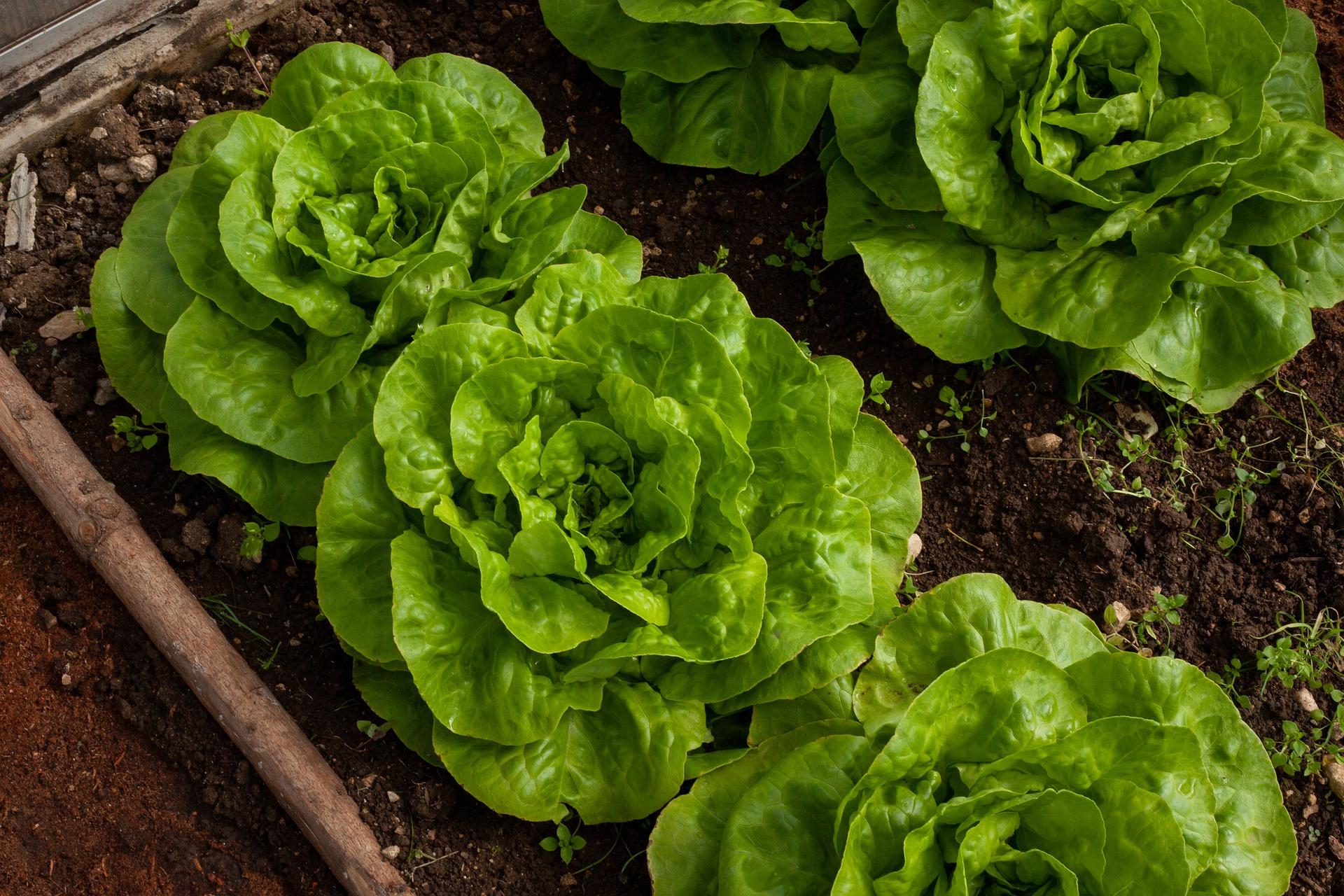
Tomatoes are a warm-season crop that can produce a bountiful harvest in raised beds. Choose determinate varieties for smaller beds.
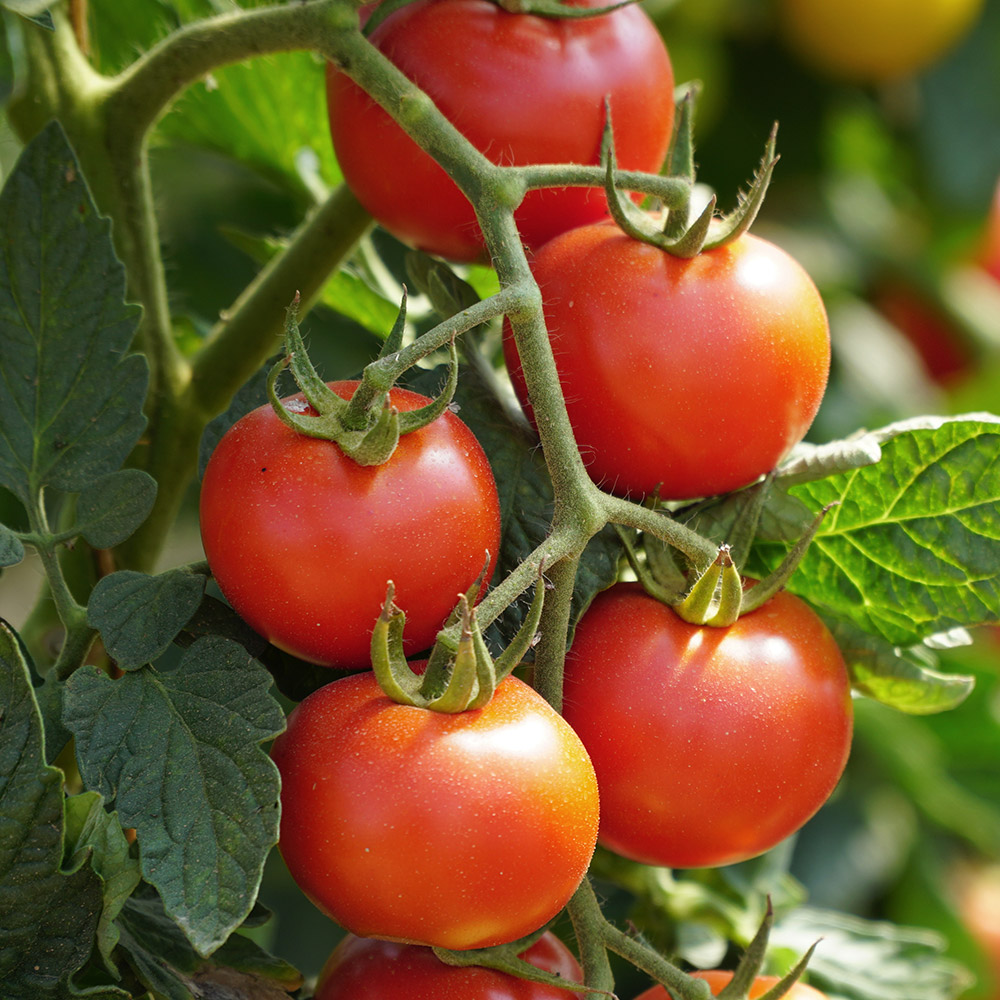
Peas are another cool-season crop that is perfect for raised beds. They can be planted early in the spring and will be ready to harvest in about 6 weeks.
Carrots are a root vegetable that does well in raised beds. They need well-drained soil and full sun.
Cucumbers are a warm-season crop that can be grown vertically in raised beds. They need full sun and well-drained soil.

Squash is another warm-season crop that can be grown vertically in raised beds. It needs full sun and well-drained soil.
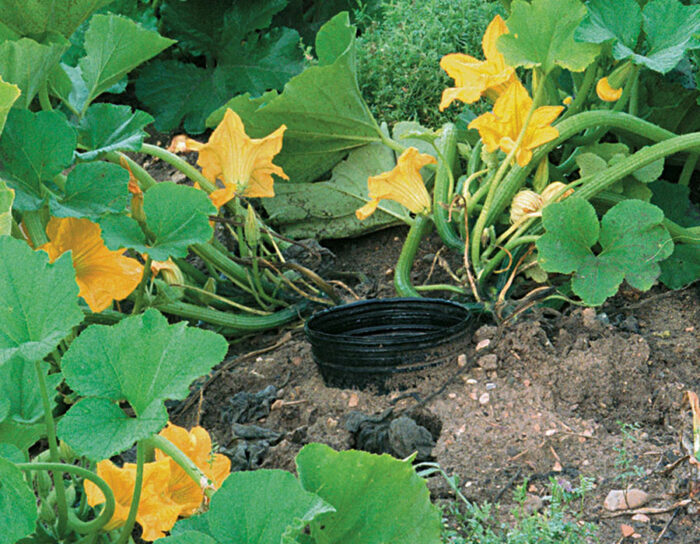
Herbs:
Rosemary is a Mediterranean herb that is easy to grow in raised beds. It needs full sun and well-drained soil.

Lavender is another Mediterranean herb that is easy to grow in raised beds. It needs full sun and well-drained soil.
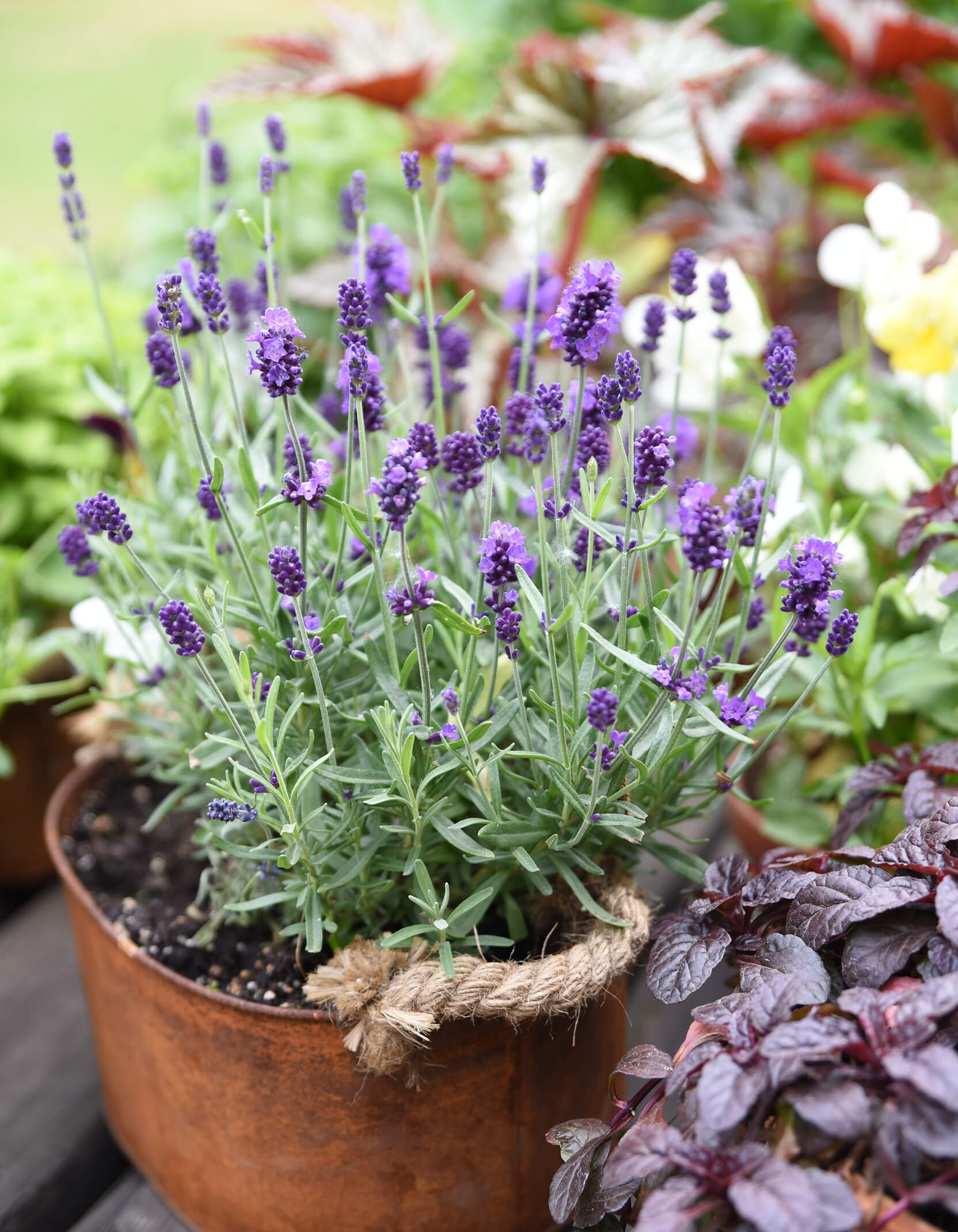
Basil is a warm-season herb that is perfect for raised beds. It needs full sun and well-drained soil.
Thyme is a hardy herb that can be grown in raised beds. It needs full sun and well-drained soil.
Oregano is a warm-season herb that is perfect for raised beds. It needs full sun and well-drained soil.
Mint is a fast-growing herb that can be invasive. It is best to grow it in a pot or raised bed that is lined with plastic.
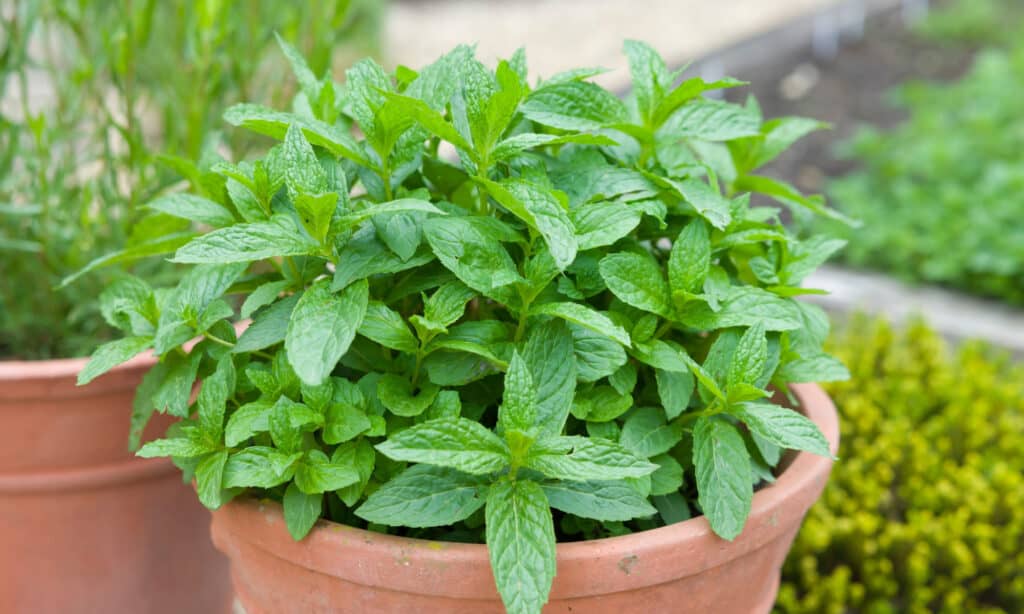
Flowers:
- Sunflowers are a tall, cheerful flower that is perfect for raised beds. They need full sun and well-drained soil.
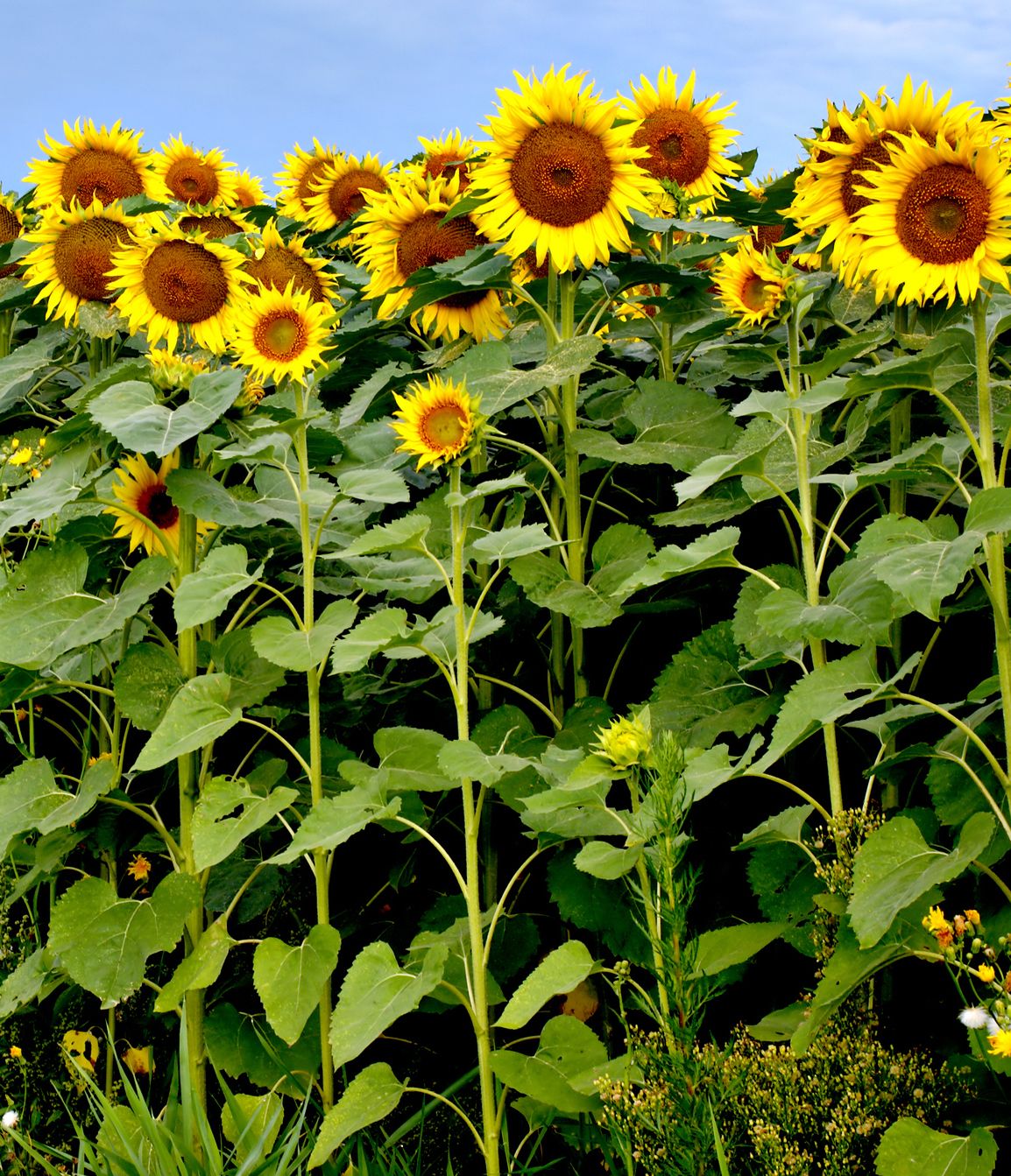
- Marigolds are a colorful flower that is known for its insect-repelling properties. They can be grown in full sun or partial shade.

- Petunias are a popular annual flower that comes in a variety of colors. They can be grown in full sun or partial shade.
- Snapdragons are a brightly colored flower that is perfect for adding a pop of color to your garden. They can be grown in full sun or partial shade.
- Pansies are a cold-tolerant flower that can be planted in the fall or spring. They can be grown in full sun or partial shade.
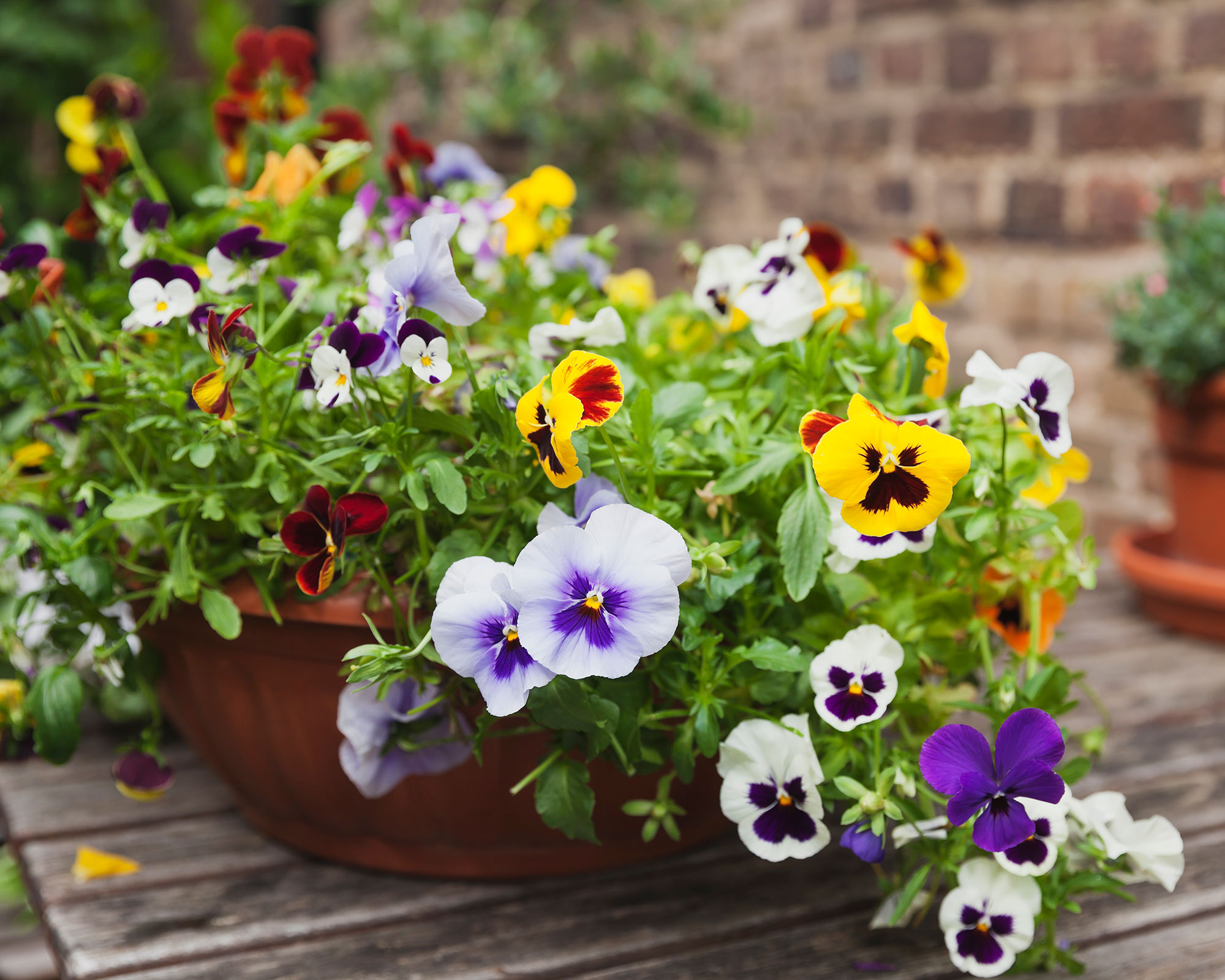
- Impatiens are a shade-tolerant flower that comes in a variety of colors. They can be grown in full sun or partial shade.
These are just a few of the many plants that can be grown in raised garden beds. With a little planning, you can create a beautiful and productive garden that is perfect for your space and needs.
Are you thinking about starting a raised garden bed? If so, you're in luck! Raised garden beds are a great way to grow your own fruits, vegetables, and herbs, and they can also be a lot of fun. But with so many different plants to choose from, it can be hard to know where to start.
That's where we come in. We've put together a list of the best plants for raised garden beds, so you can start growing your own delicious food right away.
Here are a few of our favorites:
- Lettuce: Lettuce is a cool-season crop that grows quickly and easily in raised beds. It's also a good choice for small spaces, as it doesn't take up a lot of room.
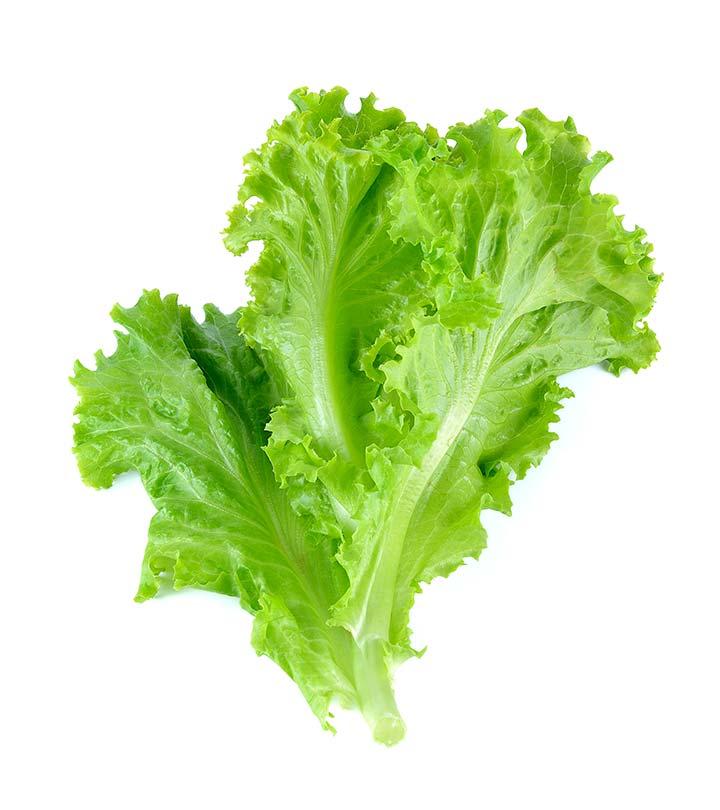
- Spinach: Spinach is another cool-season crop that does well in raised beds. It's packed with nutrients and can be harvested leaves at a time, so you can enjoy it fresh all season long.

- Carrots: Carrots are a root vegetable that loves loose, well-drained soil, which is exactly what you'll find in a raised bed. They take a little longer to mature than some other vegetables, but they're well worth the wait.
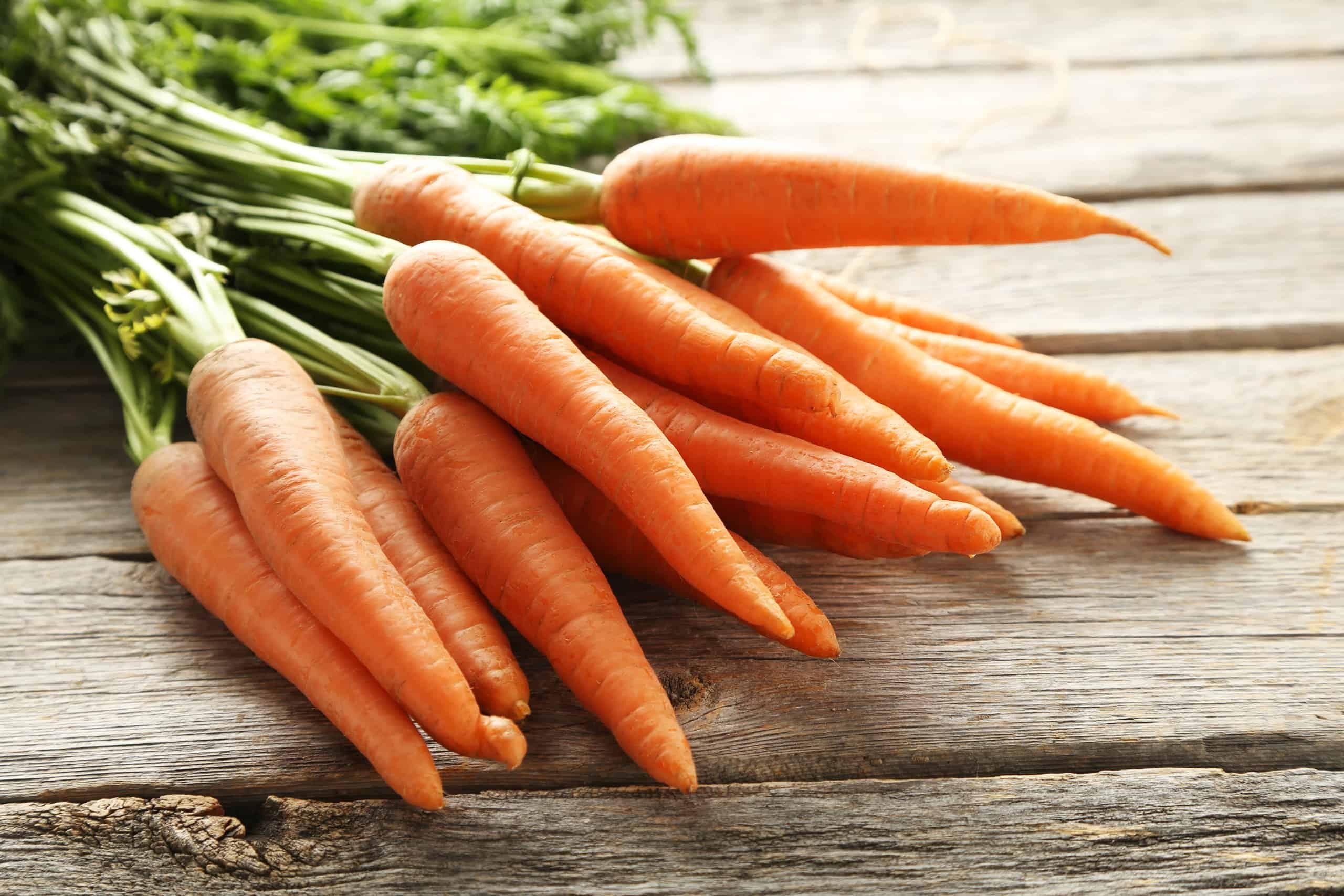
- Tomatoes: Tomatoes are a warm-season crop that loves the sun. They can be a bit tricky to grow, but they're definitely worth the effort. Raised beds can help to improve drainage and prevent blossom end rot, two common problems with tomatoes.
- Peas: Peas are a cool-season crop that loves to climb. They're a great choice for raised beds, as you can use the sides of the bed to support the vines.

These are just a few of the many great plants that you can grow in a raised garden bed. For more information, be sure to visit Garden Wiki.
FAQ of best plants for raised garden beds
Q: What are the best vegetables to grow in raised garden beds?
A: There are many great vegetables that can be grown in raised garden beds, but some of the most popular include:
- Root vegetables: Root vegetables such as carrots, potatoes, and beets love the loose, well-drained soil found in raised beds. They also benefit from the added warmth that raised beds can provide, which can help them grow faster and larger.
- Leafy greens: Leafy greens such as lettuce, spinach, and kale are also great choices for raised garden beds. They don't require a lot of space and can be harvested multiple times throughout the growing season.
- Herbs: Herbs are another excellent choice for raised garden beds. They can be grown in small spaces and don't require a lot of maintenance. Plus, they're always handy to have on hand for cooking.
- Fruits: Some fruits, such as strawberries and tomatoes, can also be grown successfully in raised garden beds. However, it's important to choose varieties that are specifically suited for container gardening.
- Flowers: Raised garden beds can also be used to grow flowers. Some popular choices include marigolds, petunias, and sunflowers. Flowers can add beauty and color to your garden, and they can also attract pollinators, which can help to improve your yields.
Q: What are the best flowers to grow in raised garden beds?
A: There are many great flowers that can be grown in raised garden beds, but some of the most popular include:
- Annuals: Annuals are flowers that complete their life cycle in one growing season. They're a great choice for raised garden beds because they're easy to grow and come in a wide variety of colors and shapes. Some popular annuals for raised beds include marigolds, petunias, and sunflowers.
- Perennials: Perennials are flowers that live for multiple years. They're a good choice for raised garden beds if you're looking for flowers that will come back year after year. Some popular perennials for raised beds include roses, lilies, and lavender.
- Herbs: Herbs can also be grown as flowers. Some popular herb flowers include lavender, rosemary, and thyme. They're a great way to add both beauty and flavor to your garden.
- Edible flowers: Edible flowers are flowers that can be eaten. They're a fun and unique way to add some color and flavor to your meals. Some popular edible flowers include nasturtiums, pansies, and violets.
Q: What are some tips for choosing plants for raised garden beds?
A: When choosing plants for raised garden beds, there are a few things to keep in mind:
- The size of your bed: Consider the size of your raised bed when choosing plants. Some plants, such as tomatoes and cucumbers, need more space than others.
- The climate in your area: Make sure to choose plants that are suited for the climate in your area. Some plants, such as cold-hardy lettuce, can be grown in a variety of climates, while others, such as tropical hibiscus, need warm weather.
- Your gardening experience: If you're a beginner gardener, choose easy-to-grow plants. Some good choices for beginners include lettuce, tomatoes, and marigolds.
- Your personal preferences: Finally, choose plants that you like and that you'll enjoy growing. There's no right or wrong answer when it comes to choosing plants for your raised garden bed.
Q: How do I prepare my raised garden bed for planting?
A: To prepare your raised garden bed for planting, follow these steps:
- Remove any weeds or debris from the bed.
- Add a layer of compost or manure to the bed.
- Mix the compost or manure into the soil.
- Level the soil in the bed.
- Water the bed thoroughly.
Once your bed is prepared, you're ready to start planting!
Image of best plants for raised garden beds
- Carrots: Carrots are a great choice for raised garden beds because they need well-drained soil and they don't like to be crowded. They also grow best in full sun.
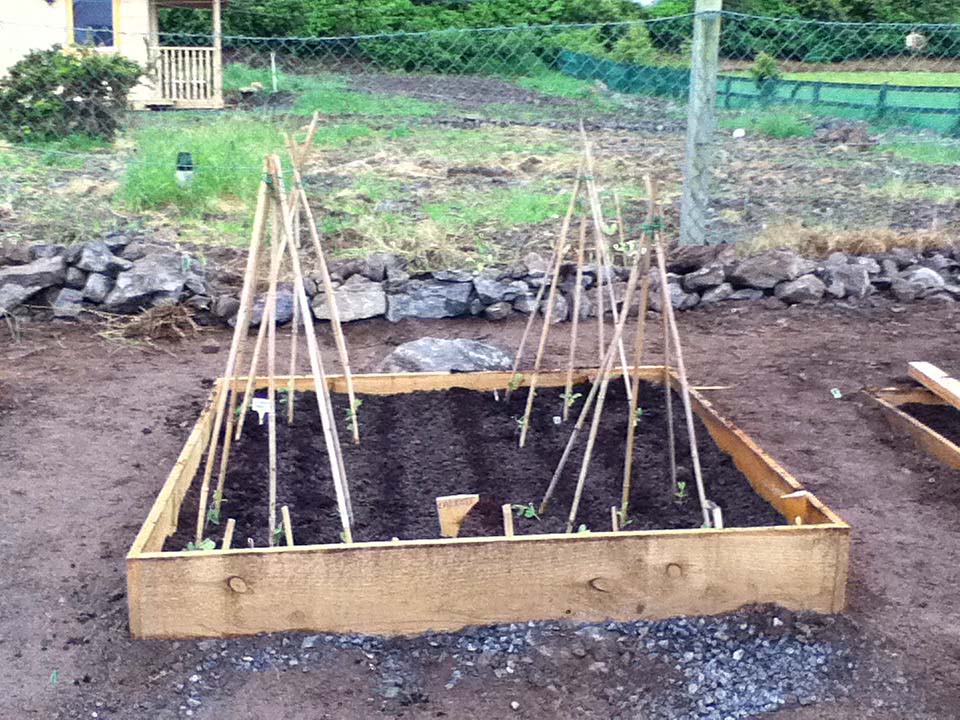
- Lettuce: Lettuce is another great choice for raised garden beds because it doesn't need a lot of space and it can be harvested multiple times throughout the growing season. It also prefers full sun.

- Tomatoes: Tomatoes are a popular choice for raised garden beds because they produce a lot of fruit and they can be grown in a variety of climates. They do best in full sun and well-drained soil.
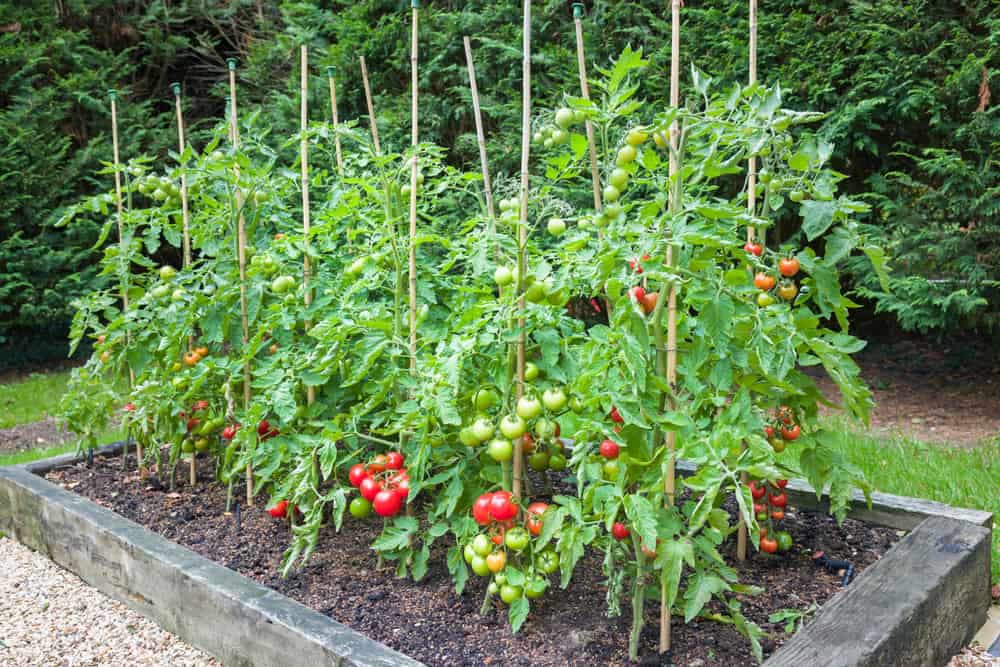
- Peas: Peas are a cool-season crop that is perfect for raised garden beds. They don't need a lot of space and they can be grown in partial to full sun.

- Herbs: Herbs are a great addition to any raised garden bed. They can be used to add flavor to food and they don't need a lot of space to grow. Most herbs prefer full sun, but some, like mint, prefer partial shade.
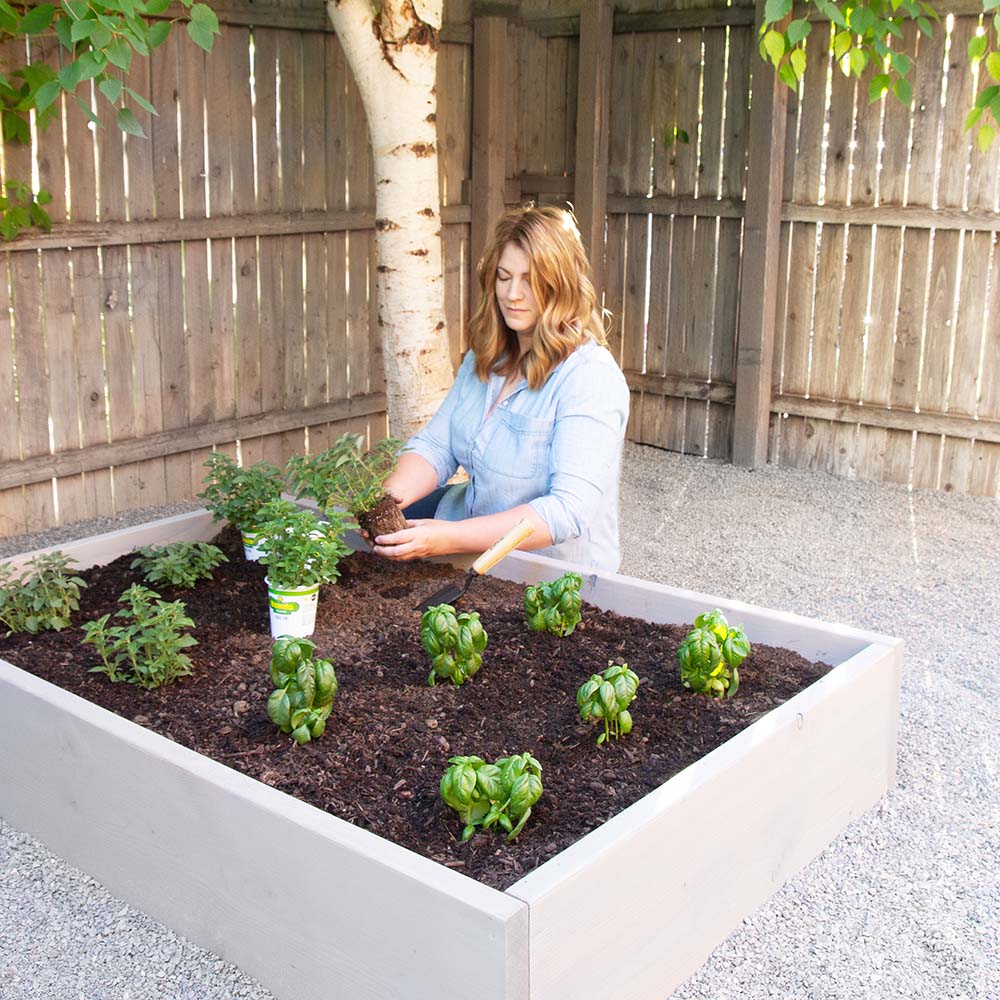
Post a Comment for "The Best Plants For Raised Garden Beds"